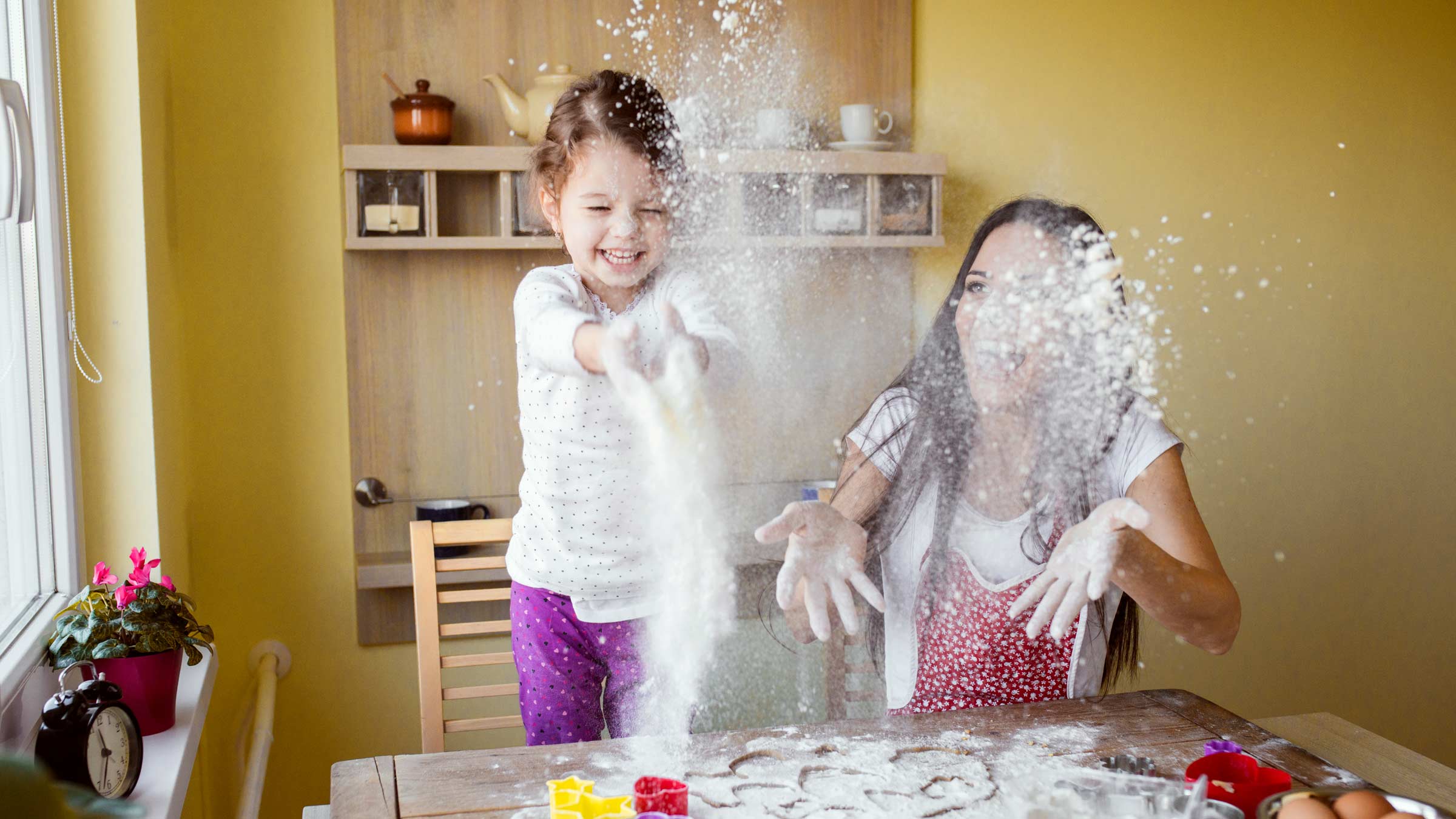
The public often associates Salmonella with raw eggs — in which the bacteria can be found — but there’s also a risk of being infected through other foods, such as flour.
The United States Centers for Disease Control and Prevention (CDC) recently issued a warning that raw (uncooked) flour has sickened people in 11 states, including Ohio.
Most of the people who became sick reported eating raw dough or batter made with flour before they experienced symptoms, the CDC reported. Flour was the one common ingredient in the foods eaten by those who became ill.
CDC investigators haven’t yet identified a specific brand that’s linked to these illnesses, but it’s best to avoid eating raw flour anytime because of the pathogens it can contain.
Symptoms of Salmonella infection
Salmonella can cause people to become sick between six hours and six days after consuming the bacteria. Symptoms include stomach cramps, diarrhea and fever.
Most people recover within four to seven days without treatment, but some people have a higher risk of severe illness. This includes children under 5 and adults 65 and older, and people with weakened immune systems, such as people undergoing cancer treatment or who have received transplants. These people might require medical treatment or hospitalization.
You should seek medical attention right away if you experience:
- Diarrhea for more than three days that doesn’t improve
- Bloody diarrhea
- Diarrhea and a fever higher than 102 degrees Fahrenheit
- Vomiting to the point of being unable to keep liquids down
- Dehydration (feeling dizzy when you stand up, dry mouth, infrequent urination)
How Salmonella gets into flour
Most flour isn’t heat-treated, so it doesn’t have a step in the manufacturing process that kills off things like Salmonella and E. coli. Salmonella contamination usually means the food came into contact one way or another with animal feces, which could happen during any of several steps throughout its manufacturing.
Salmonella poisoning leads to hospitalization and death every year
According to the CDC, Salmonella bacteria causes 1.35 million infections in the U.S. each year. That includes 26,500 hospitalizations and 420 deaths. Most of these infections came from food.
How to avoid Salmonella contamination
Any food that could be contaminated with Salmonella, including flour, should be cooked before being eaten.
Cook your food according to instructions to ensure that the dough has cooked sufficiently to kill off bacteria that can make you sick.
Keep dough containing raw flour or eggs away from foods that won’t be cooked, and wash your hands — as well as bowls or utensils — thoroughly with warm water and soap after touching these raw ingredients. If those ingredients get spilled in the kitchen, be sure to clean it up well, too.
Sometimes flour is an ingredient in for homemade playdough or other crafts. Be sure to buy heat-treated flour before making these things for kids to play with.

Need medical care quickly, but don’t need an emergency department?
Ohio State Advanced Urgent Care provides convenient, walk-in care for common conditions and serious, non-life-threatening illnesses and injuries — no appointment needed.
Find a location




